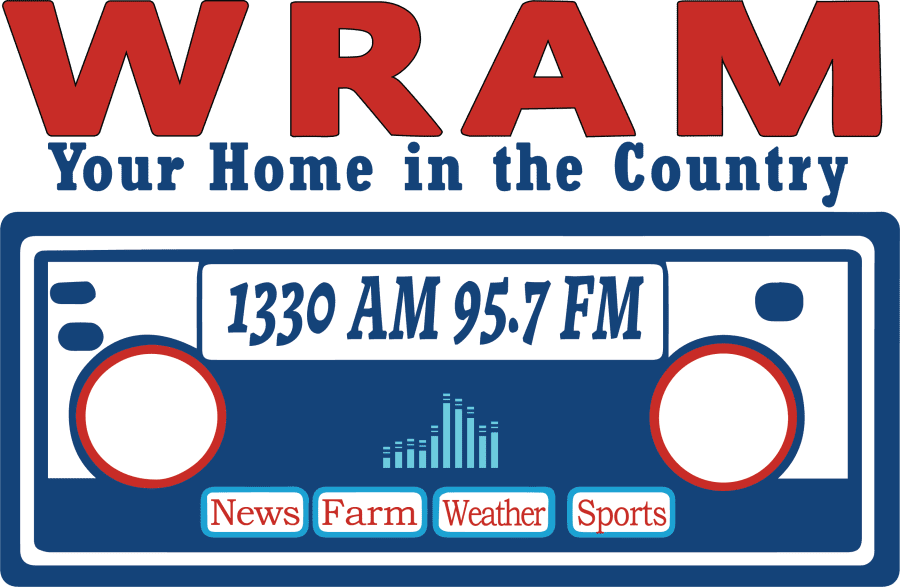Emergency Benefits Prompted by COVID-19
The U.S. Secretary of Agriculture Sonny Perdue announced emergency benefit increases have reached $2.0 billion per month for Supplemental Nutrition Assistance Program (SNAP) households across all 50 states and 3 territories to increase food security during the coronavirus national emergency. These emergency benefits represent a 40% increase in overall monthly SNAP benefits, significantly increasing food purchasing power for American families.
“These are unprecedented times for American families who are facing joblessness and hunger. USDA is providing a 40% increase in SNAP benefits to ensure that low-income individuals have enough food to feed themselves and their families during this national emergency,” said Secretary Perdue. “President Trump is taking care of America’s working-class families who have been hit hard with economic distress due to the coronavirus. Ensuring all households receive the maximum allowable SNAP benefit is an important part of President Trump’s whole of America response to the coronavirus.”
Background:Currently, a household with two adults, 3 children, and no income can receive the maximum benefit of $768. However, due to reportable income and other factors, the average 5-person household receives significantly less, $528. These emergency benefits would provide the average 5-person household an additional $240 monthly in food purchasing power, bringing the average household up to the same benefit level as households already receiving the maximum.
The Families First Coronavirus Response Act (FFCRA), signed into law by President Trump, provided for the issuance of emergency allotments in response to COVID-19. Across the United States, emergency allotments total nearly $2 billion per month, which is in addition to approximately $4.5 billion in benefits already provided to SNAP households each month.
All SNAP households that are eligible to receive less than the maximum benefit will receive the emergency allotment supplement to bring them up to the maximum. By law, SNAP households are not permitted to receive more than the maximum allotment. SNAP emergency allotments allow states to raise benefits to the maximum amount for the household’s size for up to two months, and USDA is providing additional guidance today to states that want to further extend these emergency allotments month by month as prescribed by the law.
Hawaii – approved last Friday – was the final state agency authorized to provide the emergency allotments, which are now authorized in all 50 states, Guam, the U.S. Virgin Islands, and the District of Columbia. States could request to provide an emergency allotment for current SNAP households beginning in March. USDA is continuing to work closely with states so that supplements are provided in subsequent months as this public health emergency warrants, as outlined in FFCRA.
Today’s announcement is the latest in a series of actions that USDA’s Food and Nutrition Service has taken to uphold the USDA’s commitment to “Do Right and Feed Everyone” during this national emergency. Other actions include:
- Providingmore than 227 million pounds of food – valued at $243 million through The Emergency Food Assistance Program (TEFAP), with another $850 million available from the FFCRA and Coronavirus Aid, Recovery, and Economic Stimulus (CARES) Act.
- Launching Pandemic-EBT (P-EBT) to provide the value of school breakfast and lunch to families eligible for free and reduce-price lunch;
- Issuing Disaster Household Distributions, food targeted to meet specific needs when traditional channels of food are unavailable, to 16 States and territories, and 29 tribes;
- Providing more than one million meals a week to rural children through public-private partnership Meals to You;
- Allowing states to serve free meals to children in all areas across more than 35,000 feeding sites nation-wide;
- Maximizing flexibilities, such as parent-pickup and meal times requirements, for the free meals provided through schools and other providers;
- Increasing access to online purchasing by expanding the online purchasing pilot to cover half of all SNAP households;
- Debuting “Meals for Kids” interactive site finder – to help families find meals for children while schools are closed; and
- Providing administrative flexibilities in the Supplemental Nutrition Assistance Program (SNAP) and the Special Supplemental Nutrition Program for Women, Infants, and Children (WIC) to allow for social distancing and for State to more quickly process new applications.
These actions and more are part of USDA’s focus on service during the COVID-19 outbreak. For additional information on the many actions FNS has taken to respond to COVID-19, visit www.fns.usda.gov/coronavirus or follow us @USDANutrition. FNS administers 15 nutrition assistance programs that leverage American’s agricultural abundance to ensure children and low-income individuals and families have nutritious food to eat. FNS also co-develops the Dietary Guidelines for Americans, which provide science-based nutrition recommendations and serve as the cornerstone of federal nutrition policy.
***Report courtesy of the USDA***















